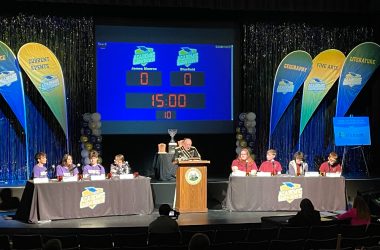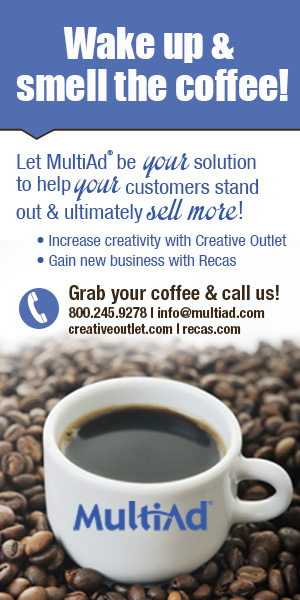By LINDA HARRIS
The State Journal
WHEELING, W.Va. — Tourism Commissioner Chelsea Ruby told industry partners her office’s new strategic plan is a “road map of where we’re going and what we want to do” to make West Virginia a tourism hot spot.

(State Journal by Linda Harris)
Ruby told about 200 tourism professionals attending the Governor’s Conference on Tourism this week that once visitors come to West Virginia, they tend to fall in love with the state and what it has to offer. The challenge, she said, is convincing outsiders to give the Mountain State a chance.
“Our problem isn’t getting people to come back,” Ruby told the crowd, gathered at Mountaineer Park Casino for the three-day conference. “Our problem is first-time visitation.”
But tourists average 4.5 night stays nationally, about twice the West Virginia numbers.
“We’re falling behind on length of stay, falling behind on tourism-supported jobs and falling behind on hotel occupancy,” she said.
Ruby said they’re hoping to change that by promoting regional cooperation within industry ranks.
“It’s been done in other states for years,” she said. “The model’s been really successful. But it’s a shift in mindset: We’re asking folks to not just promote their individual business, but to promote their region.
“If we can do a better job selling (ourselves) as a region, then we can get people to stay longer and spend more money,” Ruby added.
The nearly 16 million overnight visitors who came to West Virginia last year pumped $4.1 billion directly into the state’s economy, supported 45,000 tourism jobs and generated $527 million in taxes. Most of those visitors reported an annual income below $50,000, she added.
But Ruby said there’s “huge potential” to bring even more tourists to West Virginia and get them to stay longer.
“West Virginia has a great story to tell, but we have challenges to overcome,” she said, pointing out the state is small and saddled with negative stereotypes. “If you don’t believe we have negative stereotypes (here), all you have to do is google ‘West Virginia.’ We’re swimming upstream right now, but if we can get our message out there (in the first place), 86 percent of people will come back.”
Ruby said they need to target individuals with a higher income while retaining their existing customer base.
“We need to look for new opportunities,” she told the group, noting a significant percentage of the nation’s population live within a three- to four-hour drive.
Ruby said in the past, they’ve sent mixed messages to outsiders about why they need to come to West Virginia. Going forward, she said that messages needs to be unified and cohesive, “and we need to make sure we speak with one voice, make sure we’re not competing” with each other.
She pointed to the success of her office’s two-week #Almost Heaven campaign in June, when they asked Mountaineers to post pictures to social media showing what they loved most about West Virginia.
“In those two weeks, we reached over 15 million people,” she said. “In the same time, our web traffic was up 400 percent, our travel guide requests increased over 200 percent and there were two days in which West Virginia trended on Twitter, which means (we were) in the top 10 of topics in the world at that time.”
Ruby said they’re hoping to convince lawmakers to up their marketing budget by about $15 million. In a cash-strapped state that might be a tall order, she admits, “but there’s been a lot of momentum behind tourism.
“When you look at tourism advertising dollars, not only do they bring a great return on investment, but it comes really quickly,” she said. “If you’re looking at ways to invest in or improve our state, tourism has been proven to improve the state’s overall image.”
The idea, she said, is to make outsiders realize West Virginia is a great place to live, invest, go to school and retire.
See more from The State Journal





